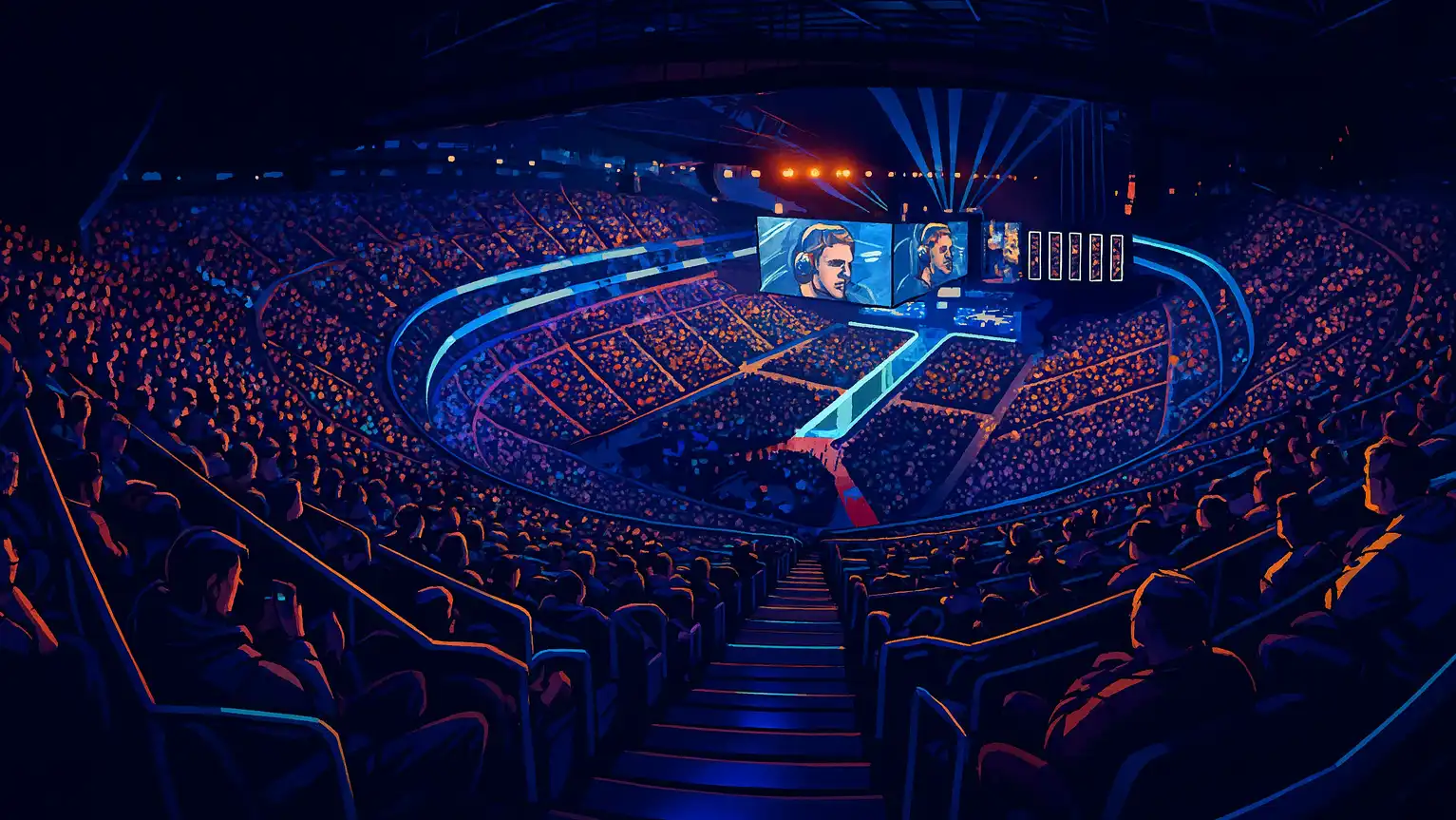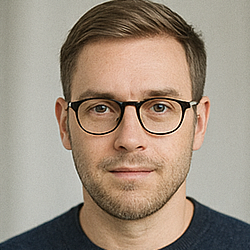ESL unveils 2028 CS2 event calendar — streamlined circuit to feature more regional Majors and global stops

ESL unveils 2028 CS2 event calendar — streamlined circuit to feature more regional Majors and global stops
ESL FACEIT Group (EFG) has officially revealed its Counter-Strike 2 tournament calendar for 2028, outlining a more compact yet globally balanced circuit that keeps ESL’s flagship brands — IEM, ESL Pro League, and ESL Challenger — while refining scheduling to reduce overlap and player fatigue.
The announcement follows the company’s established practice of publishing long-term plans years ahead of time — part of its “Path to Pro” strategy — giving professional teams, tournament organisers, and fans a clear picture of next season’s rhythm.
A consistent three-tier structure
The 2028 roadmap retains ESL’s familiar three-layered ecosystem:
-
ESL Pro Tour Masters: top-tier LAN events such as IEM Katowice, IEM Cologne, and Pro League.
-
ESL Challenger: mid-tier international LANs that bridge online play and Masters events.
-
ESL National Championships and qualifiers: entry-level competitions feeding players into the international scene.
This structure mirrors recent seasons, confirming that ESL will keep integrating its circuit with Valve’s Counter-Strike Majors, while aligning event dates to avoid calendar congestion with BLAST, PGL, and regional TOs.
The 2028 highlights (confirmed)
According to ESL’s official schedule:
-
IEM Katowice 2028 – February 6-18, Spodek Arena, Poland.
-
IEM Cologne 2028 – July 4-14, LANXESS Arena, Germany.
-
ESL Pro League Season 21 – Malta, split between March and May, continuing the long-running league format with regional play-ins.
-
ESL Pro League Season 22 – September – November window.
-
IEM Dallas 2028 – May 27-June 2, marking the sixth straight year of the North-American return.
-
IEM China 2028 – June 2028 (exact city TBA), showing renewed Asian focus.
-
ESL Challenger Katowice / Melbourne – rotational stops across the season.
While details for smaller events are still pending, ESL confirmed that the ESL Challenger series will again operate under the Pro Tour, granting winners direct spots at Masters-level tournaments.
Regional balance and player-first scheduling
One of the main takeaways from the 2028 plan is greater regional diversity. EFG’s SVP of Game Ecosystems, Shaun Clark, stated that the company wants to “ensure that Counter-Strike continues to grow sustainably across all continents.” This means maintaining Europe’s historic hubs (Cologne, Katowice, Malta) while expanding ESL’s Asian and American presence — a response to the growing strength of teams from APAC and South America.
The schedule also demonstrates a deliberate attempt to space out travel and reduce back-to-back events, addressing pro-player burnout that had become a recurring issue during the 2023-2026 seasons. ESL will reportedly coordinate more closely with Valve’s Major windows and third-party TOs to avoid congested months.
Integrating with Valve’s Major system
Since Valve restructured the Major allocation cycle in 2025 — introducing two Majors per year with open qualification tied to regional rankings — ESL’s events have often acted as RMR feeders or early indicators of form. The 2028 calendar reinforces that synergy: IEM Katowice and ESL Pro League will likely serve as key pre-Major benchmarks.
Furthermore, ESL confirmed its continued adherence to the ESL Pro Tour ranking — a points-based system that determines invitations for IEM and Challenger events. Teams accumulating points through regional competitions or online qualifiers can climb into the Masters pool, aligning with Valve’s open-ecosystem philosophy.
Economic and structural context
EFG’s decision to keep long-term transparency stems from lessons learned after the 2020s’ disrupted event cycles. Following mergers with DreamHack and the broader FACEIT Group, ESL now manages the largest unified Counter-Strike circuit outside Valve’s Majors.
Industry analysts note that publishing a four-year horizon — as ESL has now done for 2028 — helps:
-
Sponsors and venues plan investments in advance.
-
Teams structure bootcamps and rest periods.
-
Fans book travel early for flagship arenas like Katowice and Cologne.
This long-range planning mirrors BLAST’s and PGL’s recent multi-year calendars, suggesting that Counter-Strike’s tournament scene is stabilising after years of fragmentation.
Commitment to Malta and legacy venues
The Malta Gaming Authority partnership remains intact, keeping ESL Pro League stationed on the island through at least 2028. ESL described Malta as its “home base for elite Counter-Strike competition,” praising its hospitality and infrastructure for long-format tournaments.
Meanwhile, Cologne’s LANXESS Arena and Katowice’s Spodek will once again bookend the competitive year — a symbolic continuity stretching back to the CS:GO era. These venues have hosted historic finals since 2014 and are widely viewed as “the Cathedral and the Temple” of Counter-Strike esports.
Looking forward: sustainability and global reach
ESL’s 2028 calendar fits into a larger corporate initiative called ESL Impact 2.0, aimed at supporting women’s and grassroots Counter-Strike scenes. Impact events will continue to run parallel to major ESL stops, culminating in standalone finals each summer.
Additionally, the ESL Academy will expand its “Path to Pro” across new territories, including Southeast Asia, South America, and the Middle East, reflecting Valve’s push for broader global participation in CS2.
The group says this ecosystem will “ensure every aspiring player has a visible and reachable ladder toward top-tier competition.”
Conclusion
ESL’s 2028 roadmap confirms a refined yet globally ambitious Counter-Strike 2 circuit, balancing tradition and expansion. The calendar keeps the established fan-favourites — Katowice, Cologne, Malta — while reinforcing regional growth through IEM Dallas and IEM China.
For players, teams, and fans alike, the message is clear: Counter-Strike’s future remains stable, structured, and international, with ESL continuing to lead as the cornerstone of Valve’s competitive ecosystem.




